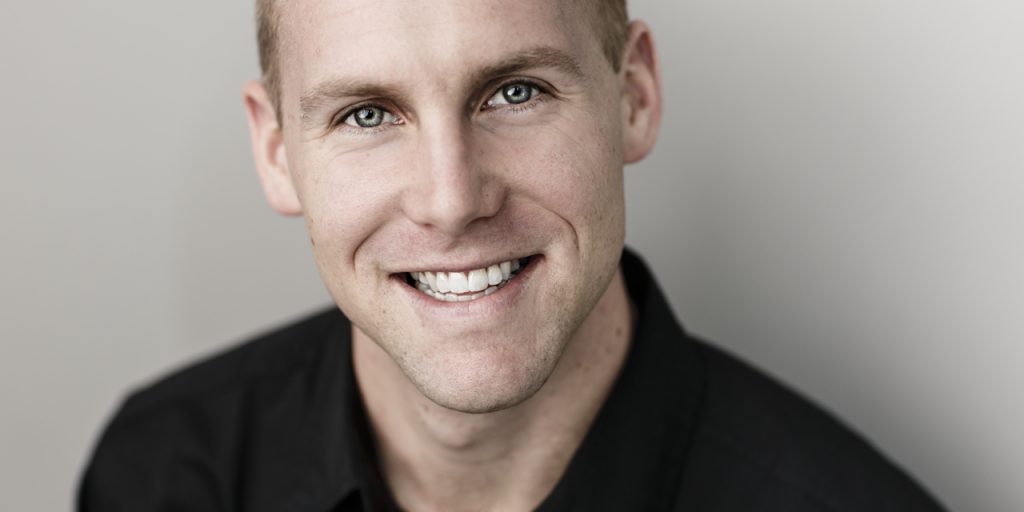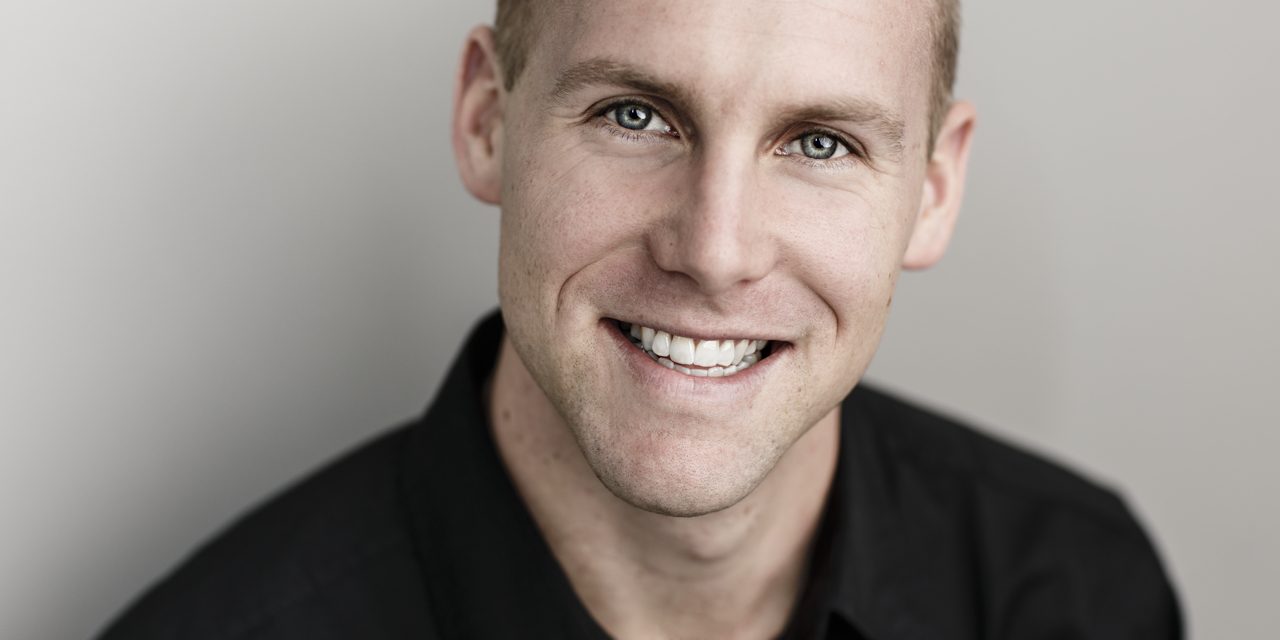Republished from GreenBiz
Casey Grey argues that you may not be able to build or renovate a home 100 percent sustainably, but that you can do it 100 percent consciously.
Through his company, The Conscious Builder, Grey advocates making “conscious” construction decisions to create a positive, lasting change. He and his team focus on building and renovating homes that are cheaper to operate, better for the environment, more comfortable, and healthier for the families who live in them.
And Grey practices what he preaches. His own home is net zero, producing at least as much energy as it consumes, and is built to the energy efficiency standards of the Passive House Institute—although, as he explained to the Bard MBA’s Sven Thiessen, it also features a big rain showerhead in the master bathroom.
Thiessen spoke with Grey for The Impact Report about the costs of sustainable versus traditional construction, how he’s grown the company, and what he sees as the future of the industry.
The following Q&A is an edited excerpt from the Bard MBA’s April 6th The Impact Report podcast. The Impact Report brings together students and faculty in Bard’s MBA in Sustainability program with leaders in business, sustainability and social entrepreneurship.
Bard MBA: Give us some background about your company, The Conscious Builder.
CASEY GREY: The Conscious Builder is located in Ottawa, Ontario, Canada. I’ve always been in construction. I’m a carpenter by trade and I started the company in 2010. At that point, we were under a different name, but we changed the direction of the company about five years ago. We found out that we were pregnant with our first son, and all of a sudden your mindset changes. That was really where the Conscious Builder began, when we started thinking beyond ourselves, about the future and the legacy we wanted to leave behind.
BARD MBA: Are costs higher when you do sustainable building compared to conventional building?
GREY: The word sustainable can be used in many different ways. Personally, I don’t think sustainability is achievable if anybody feels like they have to sacrifice for an indefinite period of time. So true sustainability is really when we feel like it’s a win-win. It’s like a business deal—it has to be win-win for it to continue moving forward.

A perfect example is my own home. We live in a passive home, it’s certified, we have solar panels, we’ve done the whole nine yards. We also had a water saving showerhead, and two weeks after moving into the house I changed it to a big rain showerhead. I’d put so much effort into the rest of the house and that showerhead was for me. If we’d been on city water, I wouldn’t have done it, but because we’re on well it’s a little different. That’s where we have to put some things into context.
Sustainable building is going to be more expensive because there are additional features, work and time put into it. Time is money, especially in construction. But what we do is expensive to begin with because we’re doing custom homes and renovations. So, when it comes to custom homes, sustainable building isn’t very much of an added cost—especially when you start factoring in the cost savings of the energy, depending on how you’re heating and cooling the home, and how you live in it.
We go through an exercise with the client where they have a baseline and then we figure out what it’ll take to get that home to net zero. You really have to factor that out over the years because energy costs are going to continue to increase, and as they increase you actually save more and more money year after year. And that’s just a bonus because what you really wind up with is healthier, more comfortable homes for the people who live in them.
Bard MBA: Based on trends and new building codes, it seems like Conscious Builder is primed for tremendous growth.
GREY: Absolutely. Basically, we’re building 15 years ahead of the curve at this point, and the knowledge that we have will put us ahead of the game when people are forced to do this stuff. We’ve already figured out what works and what doesn’t work.
We work in Ontario, which has one of the strictest building codes in the world from what I understand. Plus, up here we have both extremes in terms of weather: extreme cold and extreme heat and humidity. To go back to the passive home certification, a passive home here is different from a passive home in California. A passive home in California is basically minimal building code, but not here in Ontario in terms of insulation and so forth.
Bard MBA: Are there lessons that you’ve learned growing your operation to the point it is now that you can share?
GREY: I think that business more than anything is the mindset of the leader. The growing pains that we’ve had aren’t necessarily because of the sustainable building we’re doing. They’re just around business in general.
I was talking to someone a few weeks ago and I said, “They don’t teach you business in carpentry school,” and he said, “They don’t really teach you business in business school either.” It’s just like when you’re modeling homes on paper. Things may look one way, but in reality when you actually get into it, there are a million different factors at play.
It’s very important as a leader of a business to have a growth mindset and a problem-solving mindset. You need to know that problems aren’t problems, they’re actually opportunities to learn, to grow, and to improve. I think that’s the biggest thing for any business.
We have big plans moving forward, big growth plans for the construction industry as a whole. We’re in the process of working on those and putting a white paper together. So, the biggest thing I’ve learned is mindset. Plus, as a small company, managing cash flow, having the right team, all of the typical things that every entrepreneur has heard. It’s all true, but you almost have to experience it to believe it.
